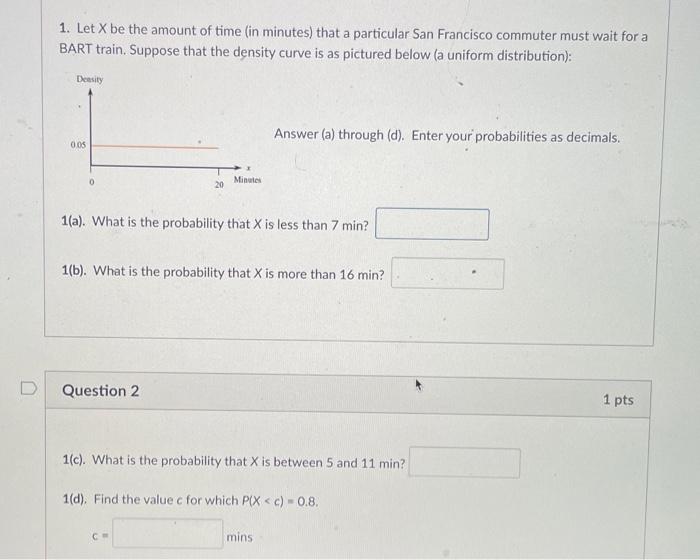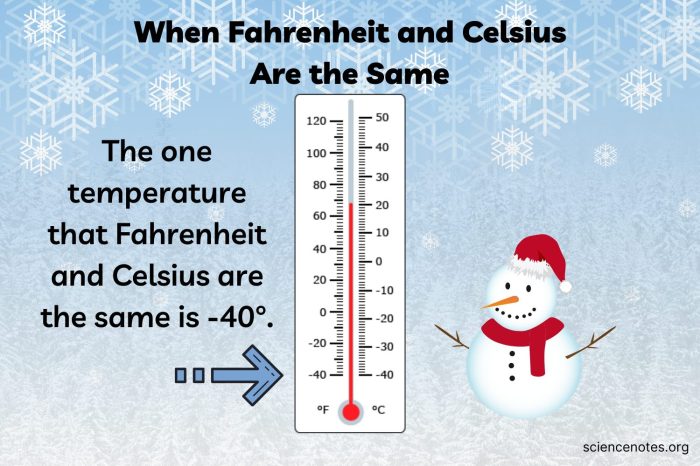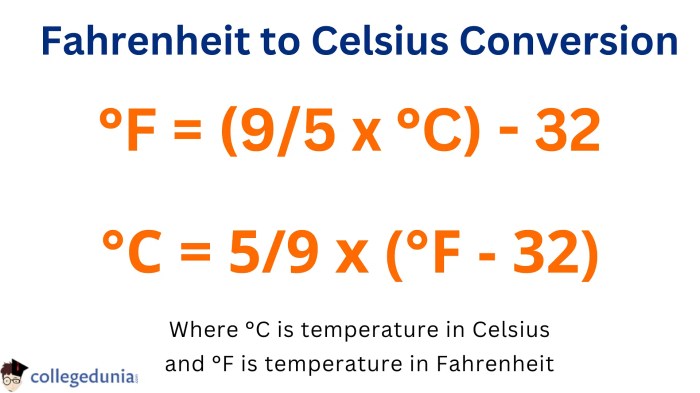Converting 100.2°F to Celsius: A Simple Guide
100.2 f to c – 100.2°F to Celsius: Have you ever wondered how to convert a temperature from Fahrenheit to Celsius? It’s a common question, especially when dealing with recipes, weather reports, or even medical information. Understanding the conversion process is essential for accurate communication and comprehension across different regions and industries.
This guide will walk you through the simple steps involved in converting Fahrenheit to Celsius, using 100.2°F as an example. We’ll explore the historical background of these temperature scales, their common uses, and the practical applications of this conversion in everyday life.
Conversion Formula: 100.2 F To C
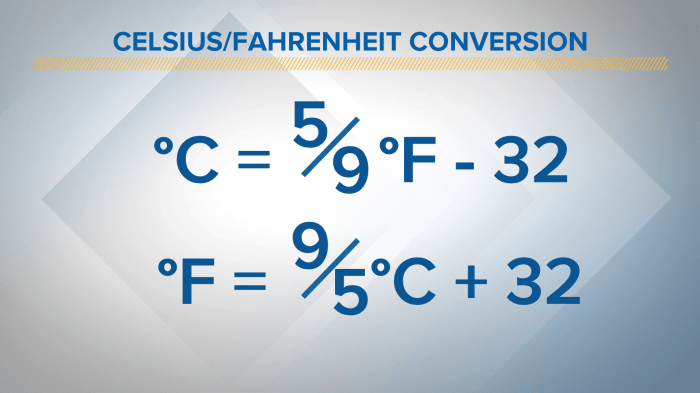
The formula for converting Fahrenheit to Celsius is a simple equation that allows you to express a temperature measurement in degrees Celsius. This formula is widely used in various scientific and everyday applications.
Formula and Steps, 100.2 f to c
The formula for converting Fahrenheit to Celsius is:
°C = (°F
32) × 5/9
To apply this formula, you need to follow these steps:
- Subtract 32 from the Fahrenheit temperature:This step accounts for the difference in the zero points of the Fahrenheit and Celsius scales.
- Multiply the result by 5/9:This step adjusts the scale to match the Celsius scale, where one degree Celsius is equal to 9/5 degrees Fahrenheit.
Example Conversion
Let’s convert 100.2°F to Celsius using the formula:
- Subtract 32 from 100.2°F:100.2
32 = 68.2
- Multiply the result by 5/9:68.2 × 5/9 = 37.89°C
Therefore, 100.2°F is equivalent to 37.89°C.
Visual Representation
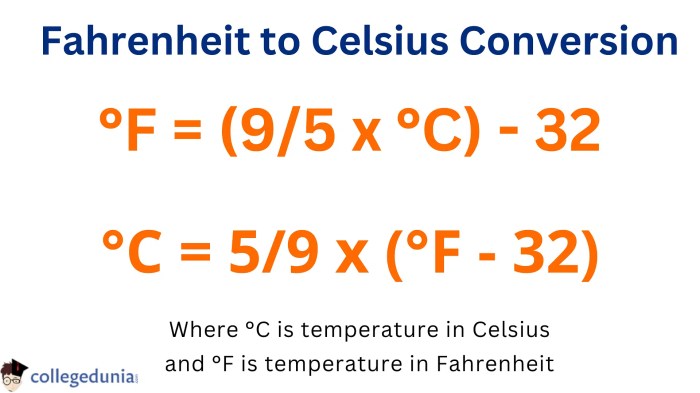
A visual representation can help understand the relationship between the Fahrenheit and Celsius scales. A line graph is a good way to visually represent this relationship.
The graph will have temperature in Fahrenheit on the horizontal axis and temperature in Celsius on the vertical axis. The freezing point of water is 32°F and 0°C, while the boiling point is 212°F and 100°C. These points are plotted on the graph, and a line is drawn connecting them.
Comparison of Fahrenheit and Celsius Scales
The graph shows that the Fahrenheit scale is more compressed than the Celsius scale. This means that a change of one degree Fahrenheit is smaller than a change of one degree Celsius.
For example, a temperature difference of 10 degrees Fahrenheit is equivalent to a temperature difference of about 5.5 degrees Celsius. This difference is visually apparent on the graph, as the Fahrenheit scale covers a larger range of temperatures than the Celsius scale.
The graph also shows that the Fahrenheit scale has a higher freezing point than the Celsius scale. This is because the Fahrenheit scale was originally designed to have the freezing point of a salt-water mixture as 0 degrees. This is why the freezing point of water is 32°F, not 0°F.
The difference between the Fahrenheit and Celsius scales can be summarized as follows:
- The Fahrenheit scale is more compressed than the Celsius scale.
- The Fahrenheit scale has a higher freezing point than the Celsius scale.
Last Word
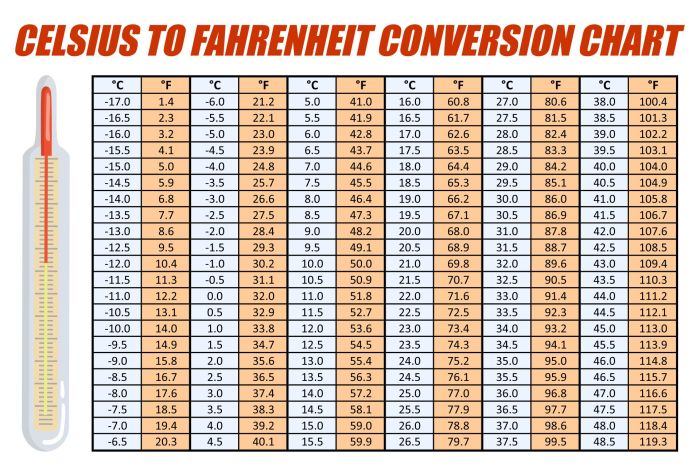
Converting Fahrenheit to Celsius is a fundamental skill that comes in handy in various situations. Whether you’re adjusting a recipe for a foreign friend, interpreting a weather forecast, or simply understanding the temperature readings on a thermometer, knowing how to convert between these scales ensures accurate information and avoids any potential misunderstandings.
This guide has equipped you with the knowledge and tools to confidently convert Fahrenheit to Celsius and navigate the world of temperature measurements with ease.


